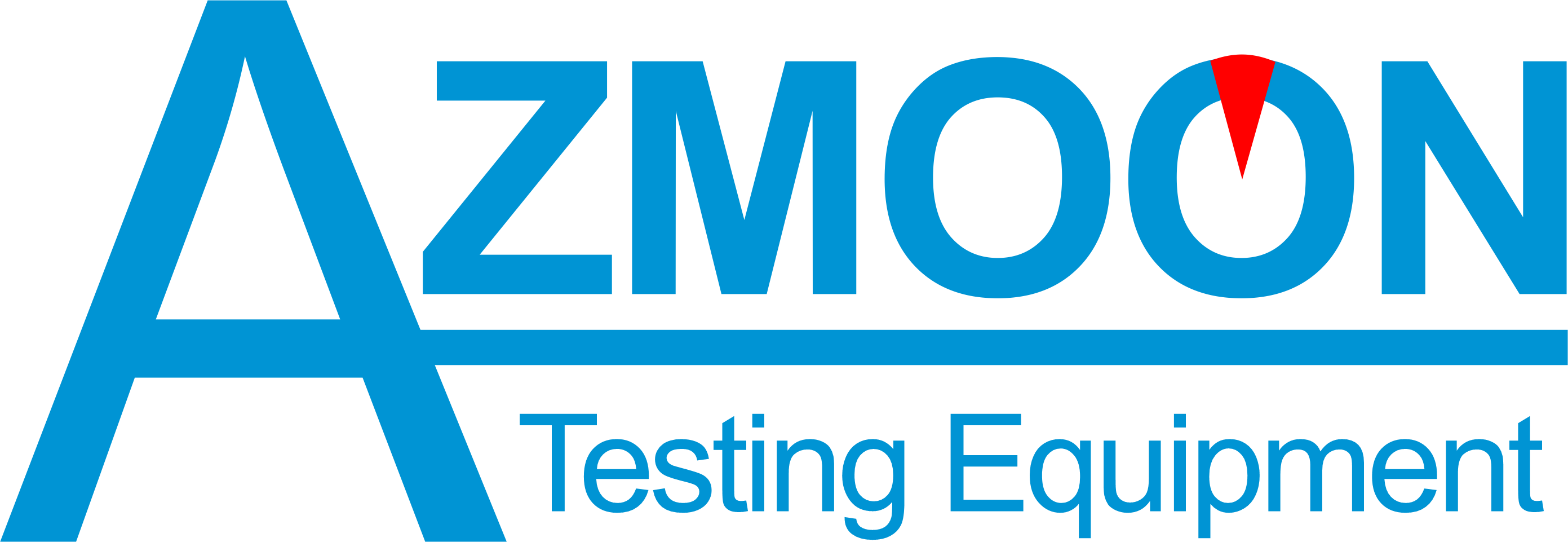- Home
- About US
-
Products
- Aggregate
- Nondestructive testing
- Asphalt
- Soil
- Plastic Frame Sieves
- S.Steel Frame Sieves
- Sieves Accessories
- Sieve Shakers
- Core Cutters
- Soil Sampling
- Augers
- Soil Trimmer
- Atterberg Limits
- Hydrometer Analysis of Soils
- Sand Equivalent Test
- California Bearing Ratio (CBR)
- CBR Equipment
- Pinhole Test
- Constant / Falling Head Permeability
- Consolidation
- Unconfined Compressive Strength
- Proctor Compaction & Density
- Relative Density of Cohesionless Soil
- Direct Shear Strength
- Data logger
- Triaxial Shear Strength
- Load-rings
- Plate Loading Test
- SPT & CPT
- Munsell Soil Chart
- Spoil Penetration and Vane Shear
- Electrical Conductivity
- Cement
- Bulk Density of Cement
- Le Chatelier Flask
- Cement Samplers
- Blaine Fineness
- Soundness of Cement & Hydrated Lime
- Autoclave
- Length Change (Shrinkage and Expansion)
- Setting Time & Consistency
- Mud Test
- FlowTable
- Mortar and Paste Mixers
- Jolting Table
- Curing Cabinet
- Cement Compression Machines
- Compression and Flexure Testing Frames
- Standard Sand
- Cement Moulds
- Briquette Mould
- Flexural and Tensile
- Concrete
- Concrete Compression Machines
- Compression Machines Accessories
- Concrete Grinding
- time of setting of concrete
- Compacting factor
- Cutting tools
- Concrete Flexural machine
- Concrete Mixers
- Slump Test
- Rolling Compacting Concrete
- Self Consolidation Concrete
- Air entrainment
- Cubic Molds
- Cylindrical Molds
- Beam Molds
- Shrinkage
- Freeze and Thaw
- Curing Tank
- Tensile Test
- Coring
- Vibration Tables
- Capping
- Water Permeability
- Plastic Concrete Compression
- Steel
- Bitumen
- General
- Scoops
- Trowel
- Glass Bottles
- Moisture Content Tin with Lid
- Magnetic Holder
- spatula
- Hammers
- Chisels
- Brushes
- Steel straight edge
- Steel Ruler
- Timing Devices
- Mercury
- Paraffin
- Glass Measuring Cylinders
- Plastic Measuring Cylinders
- Glass Beakers
- Plastic Beakers
- Bevel
- Volumetric Flask
- Funnels
- Filter Flask
- Flask
- Burettes
- mortar
- Porcelain Evaporating Dishes
- Pyknometers
- Filter Paper
- Pipettes
- Wash Bottles
- Glass Thermometers
- Thermometers
- Vernier Caliper
- PH-meter
- Water Distillation Machine
- Industrial hair dryer
- Glycerin
- Strain Gauges
- Rock
- High Tech Soil Test
- Construction Materials
- Blog
- Calibration
- After Sales Service
- Contact US




